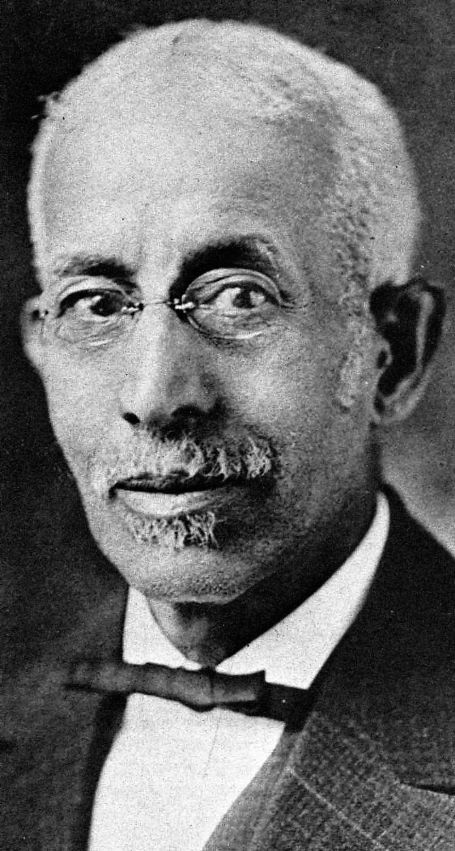
Afro-American newspaper
Murphy Hall on the Academic Oval holds uniquely historic and strategic roles in the evolution of modern-day University of Maryland Eastern Shore.
The dormitory is named in honor of John Henry Murphy Sr., founding publisher of the Baltimore-based Afro-American newspaper. A former slave and Civil War veteran who died in 1922, Murphy was a respected civic leader who crusaded for equal treatment of blacks in receiving a public education. The reasoning behind the decision to name the building for him, however, has been lost in the fog of time.
Murphy Hall’s construction was triggered by a fire in late March 1941 that killed five people and destroyed a wood-frame classroom building where workers had been receiving instruction in mattress-making as part of President Franklin Roosevelt’s New Deal economic recovery program.
Maryland lawmakers, so the story goes, thought the old wood-frame “Mechanical Arts Building” had been a residence hall and appropriated $100,000 to replace the lost structure as World War II raged.
Construction of a brick residence hall represented a triumph of sorts for Harry C. “Curley” Byrd, president of the University of Maryland (1936-1954). A Crisfield native, Byrd quietly lobbied legislators to provide money for the university’s branch campus to the state’s two land-grant institutions in College Park and Princess Anne segregated.

Byrd spoke at the dedication of the Colonial Revival-inspired edifice in June 1943, where he commended the late journalist as a role model and for his life’s achievements.
Murphy Hall is an important structure because it helps define the Academic Oval as the heart of the original (1886) campus — and contributed in September 2005 to a 23.8-acre area receiving designation on the National Register of Historic Places.
At the university’s 125th anniversary, Murphy Hall (and an annex added in the early 1960s) is UMES’ lone dormitory facing the grassy, tree-lined quadrangle also known affectionately as “the Yard.”

